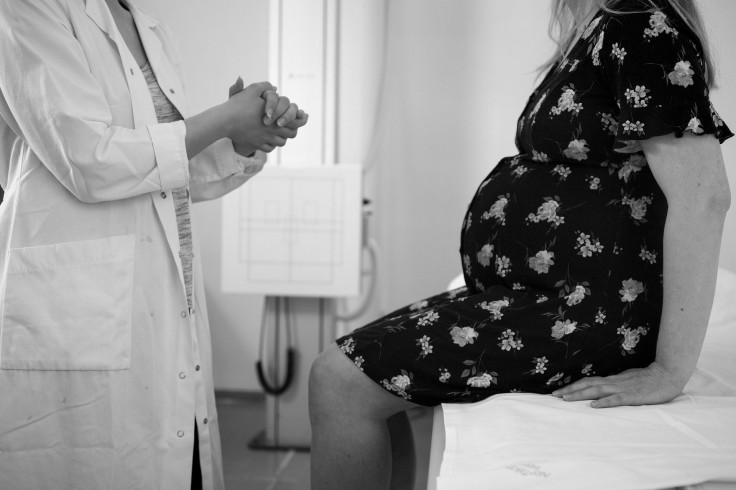Risk Of Stillbirths And Newborn Deaths Rise Every Week After Full-Term Pregnancy

Doctors, who have specialized in Obstetrics and gynecology (OB/GYN), do not recommend their patients to wait beyond 40 weeks of pregnancy for natural labor. They often suggest labor induction latest by 41 weeks of pregnancy.
It is mainly because longer pregnancies can lead to stillbirths and newborn deaths, according to a study. The study suggested that women who continue to carry their babies in the womb after 37 weeks of gestation period are at higher risk of stillbirths and newborn deaths.
The research published in the medical journal PLOS medicine earlier this month focussed on the risk factors associated with deliveries beyond 37 weeks of pregnancy. It found that the risk of newborn deaths and stillbirths increases with each additional week after the pregnancy reaches full term.
According to the American College of Obstetricians and Gynecologists, full-term pregnancy is described as a period from the beginning of week 39 to the end of week 41 of gestation. Early term pregnancy is from the start of week 37 through the end of week 38 and late term begins from week 42.
The precise definitions on different pregnancy periods were put forward by the agency in 2013. Until then, week 40 was used to define full term pregnancy.
The World Health Organization (WHO) has recommended labor induction at 42 weeks of gestation. It is mainly because waiting for natural labor beyond this period is associated with several complications for the mother and the child.
For the study, the researchers analyzed the data of 15 million pregnancies and a total of 17, 830 stillbirths and newborn deaths. The information was collected from 13 previously published studies. The scientists found that deliveries that took place after 41 weeks of gestation or beyond had a greater risk of stillborns or newborn deaths within the first 28 days of delivery.
Pregnancies that continued till 40 to 41 weeks of gestation had an increased risk of 64 percent stillbirths as compared to deliveries that took place at 37 weeks of gestation period, the researchers found. The scientists also found that the risk of neonatal deaths was 87 percent higher in weeks 41 and 42.
At 37 weeks of gestation, the risk of stillbirths was only one for every 10,000 pregnancies. But, the risk steadily rose in 42 weeks of gestation, with 32 stillbirths for every 10,000 pregnancies. For newborn deaths, the risk held still until 41 weeks and rose after 42 weeks of gestation, the researchers said.
However, the researchers said their study has its limitations mainly because it did not determine the various factors associated with longer gestation period. They were also unable to find out if the participants in the study had any specific complications or health issues that increased the risk of stillbirths and newborn deaths.
“It is thought that the placental function slows down as pregnancy continues and beyond the due date. This is considered to play a role in the stillbirths and poor outcomes after delivery,” senor author Shakila Thangaratinam, who is a researcher at Queen Mary University of London, told Reuters.
© Copyright IBTimes 2024. All rights reserved.





















